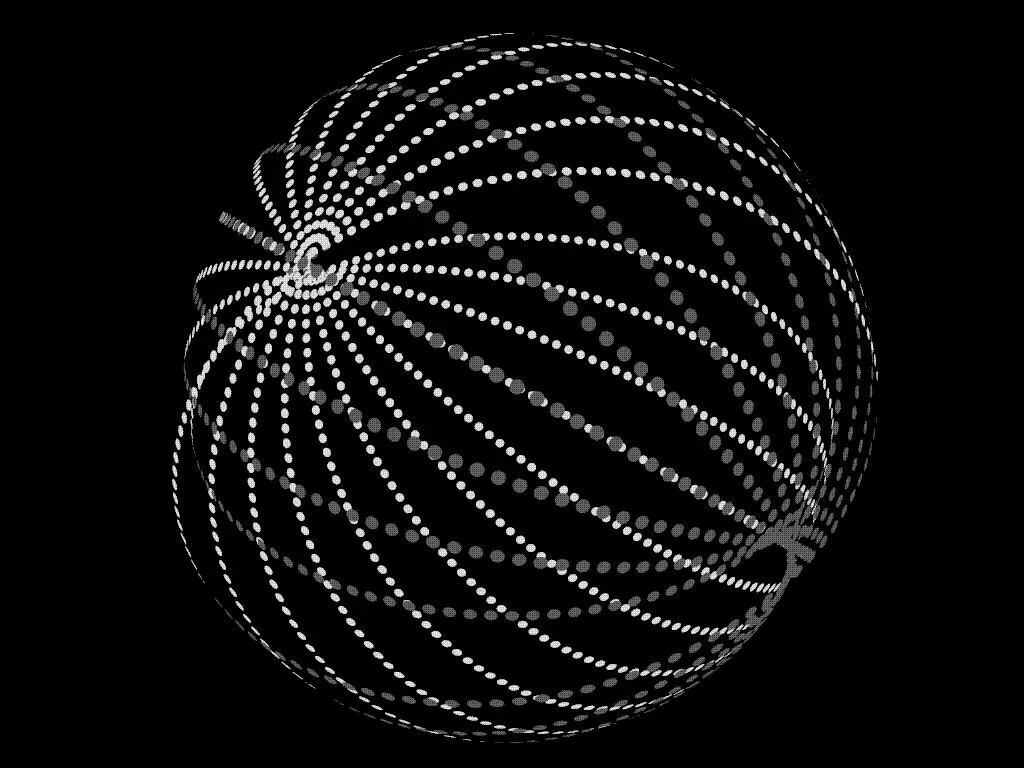What if we were able to put a number on the amount of technological progress made by a civilization? How would we evaluate the advancement of our own civilization in relation to that of other civilizations throughout the universe? These are questions that have captivated the minds of scientists and philosophers for many years. The Kardashev Scale is a framework for categorizing and quantifying a civilization’s level of technical advancement based on its energy consumption. It was developed by scientists as part of their effort to grasp the prospective possibilities of advanced civilizations.
The Kardashev Scale is a method for categorizing civilizations according to the amount of energy that they consume. It was named after the Russian astrophysicist Nikolai Kardashev, who was the one who initially proposed the idea in 1964. Kardashev proposed that the quantity of energy that a civilization is able to harness and put to use may be used as a proxy for measuring its level of technological development.
On the Kardashev Scale, there are three distinct sorts of civilizations, which are frequently referred to as Kardashev Type I, Type II, and Type III civilizations. Each category represents a higher level of both energy consumption and technological capability than the previous one.
First Type of Civilization: Tapping Into Planetary Energy Sources
A Type I civilisation is one that is capable of capturing and putting to use all of the energy that is available on its home planet. This involves the collection of power from renewable sources such as the sun, the wind, and geothermal heat and steam. They have perfected the most effective ways to exploit the resources of their planet and have developed cutting-edge technologies to keep themselves alive and keep their environment under control.
At this stage, a civilisation may have developed worldwide communication networks, extensive energy infrastructure, and a high level of technological innovation. They have not yet developed the technology necessary for interplanetary travel or colonization of other planets, therefore they are currently confined to their home world.
Type II Civilization: Tapping into the Power of the Stellar System
A Type II civilization is one that has reached a level of technological development that allows it to utilize the energy given off by its host star. They have the ability to create gigantic structures around their star, such as a Dyson sphere, in order to harvest and make use of a sizeable percentage of the energy that it produces. They are able to fuel their advanced technology on a scale that is significantly greater than that of a Type I civilisation thanks to this enormous energy source.
A Type II civilisation would possess the technology necessary to discover and settle other star systems within their galaxy. They might be able to alter planetary systems, exert control over celestial events, and have very advanced knowledge of science.
Type III Civilization: Tapping into the Power of the Galaxy
A Type III civilization is one that has the technological prowess to harvest and put the power of an entire galaxy to use. They have perfected the technology necessary to travel between the stars and have colonized a sizeable chunk of their galaxy. These civilizations have incredible levels of technological proficiency and are able to harness and control the resources of several star systems. Their technological skill is mind-boggling.
An energy consumption on the scale of an astronomical system is characteristic of a Type III civilisation, which greatly outpaces the capabilities of a Type II civilization. It is possible that they have developed technology that enable them to travel across galaxies, extract energy from supermassive black holes, and perhaps have the power to modify space and time itself.
Concerning the Implications and the Speculations
It is very important to keep in mind that the Kardashev Scale is merely a theoretical framework and not an actual measurement of any civilizations that are currently known. It is believed that humanity is currently a Type 0 civilisation, which means that it is still reliant on the use of fossil fuels and has restricted its energy use.
The Kardashev Scale is a helpful tool for pondering the possible future trajectories of civilizations and the level of technical advancement they may or may not achieve in the future. It sheds light on the enormous gaps in capability that exist between various sorts of civilizations as well as the massive obstacles and opportunities that lie ahead.
In addition to this, the Kardashev Scale poses significant concerns regarding the possibility of advanced civilizations existing outside our own. Why haven’t we been able to find any indicators of the presence of Type II or Type III civilizations in our galaxy or beyond, if these civilizations really exist? This subject, which has been given the name the Fermi Paradox, continues to fascinate scientists and has resulted in a wide variety of theories and speculations.
The Kardashev Scale is a framework for analyzing and discussing the probable trajectories of technological civilizations. While it is possible that it does not provide answers that are definite, it does serve as a thought-provoking tool for doing so. As humankind makes further and further strides in the fields of science and technology, it serves as a timely reminder of the enormous opportunities and obstacles that lie ahead of us in our pursuit of knowledge and exploration.
![]()
